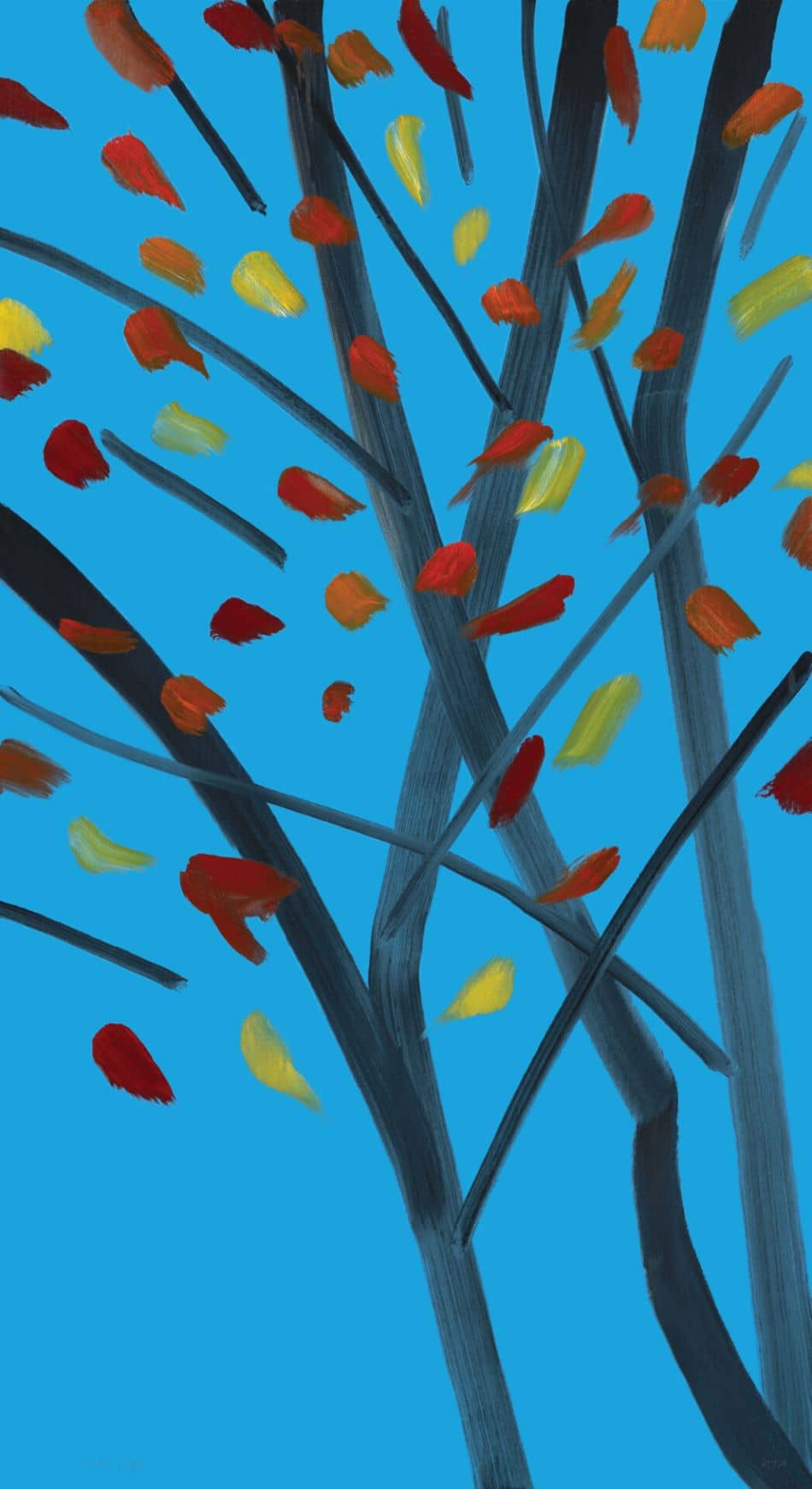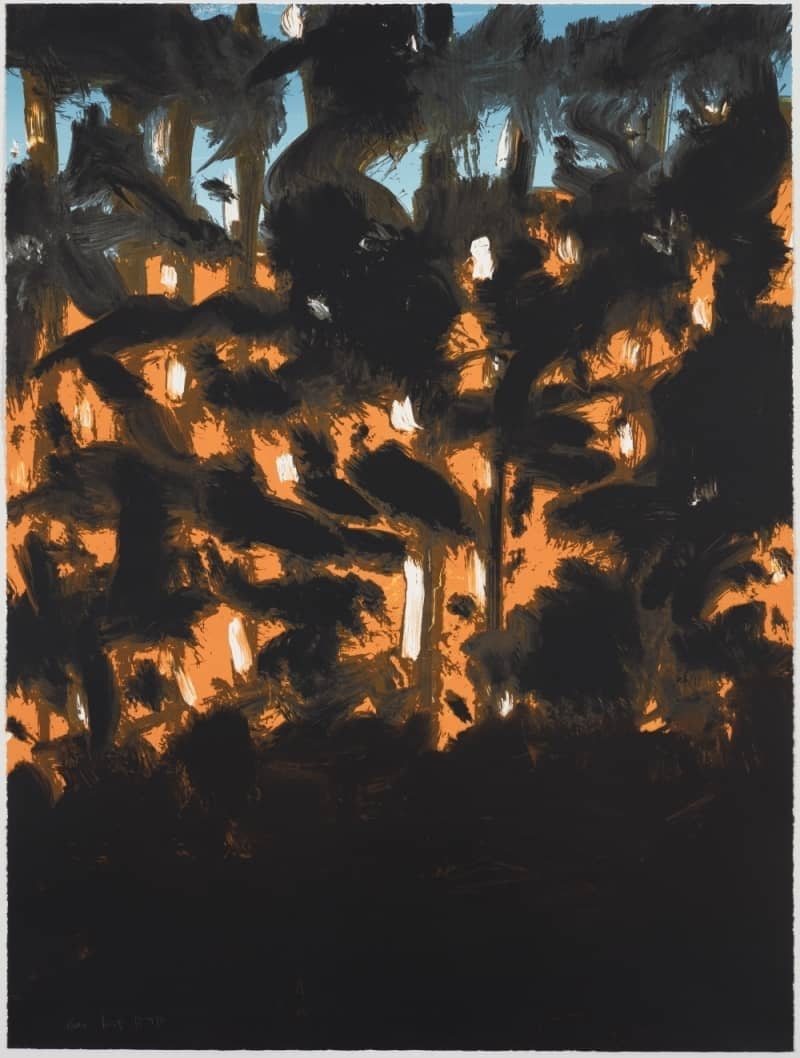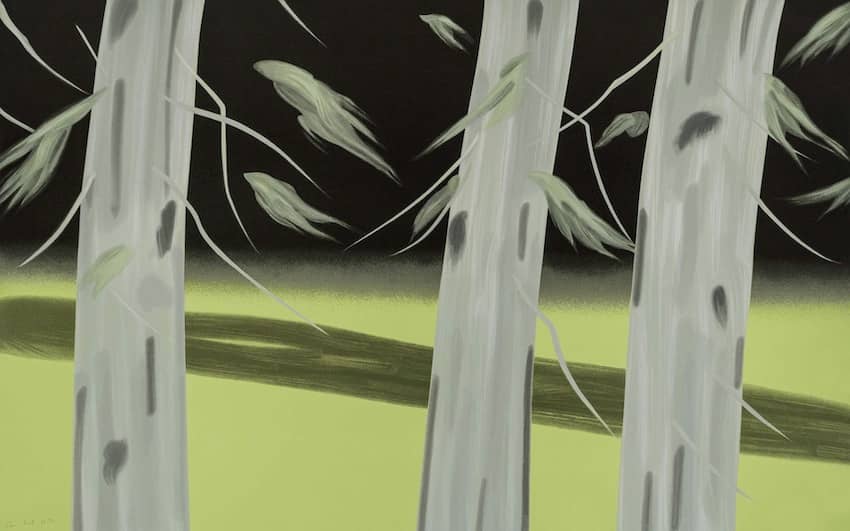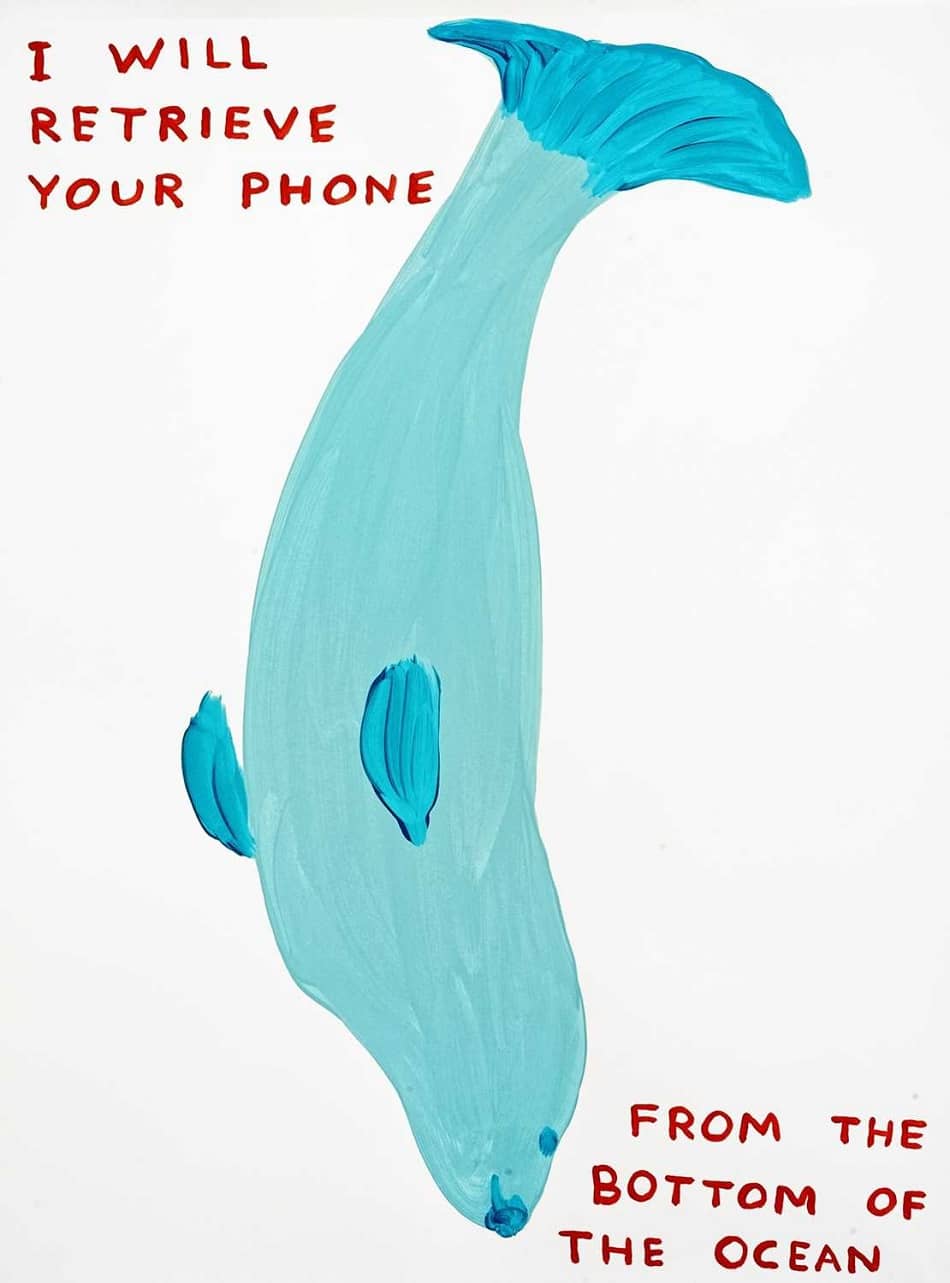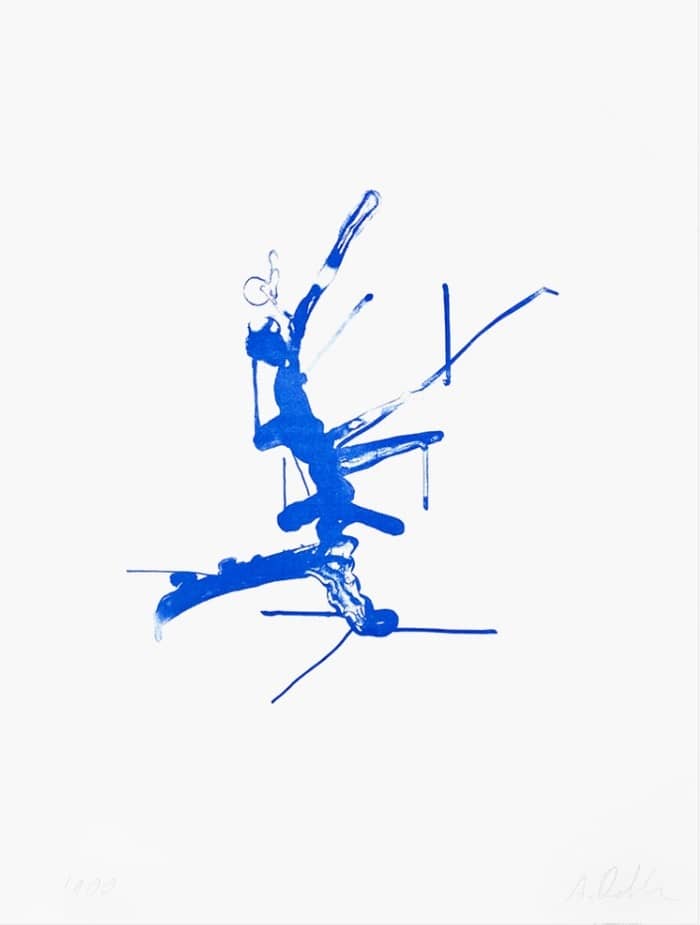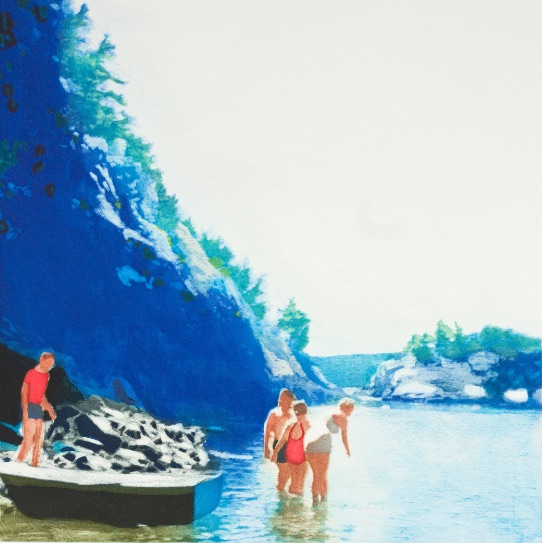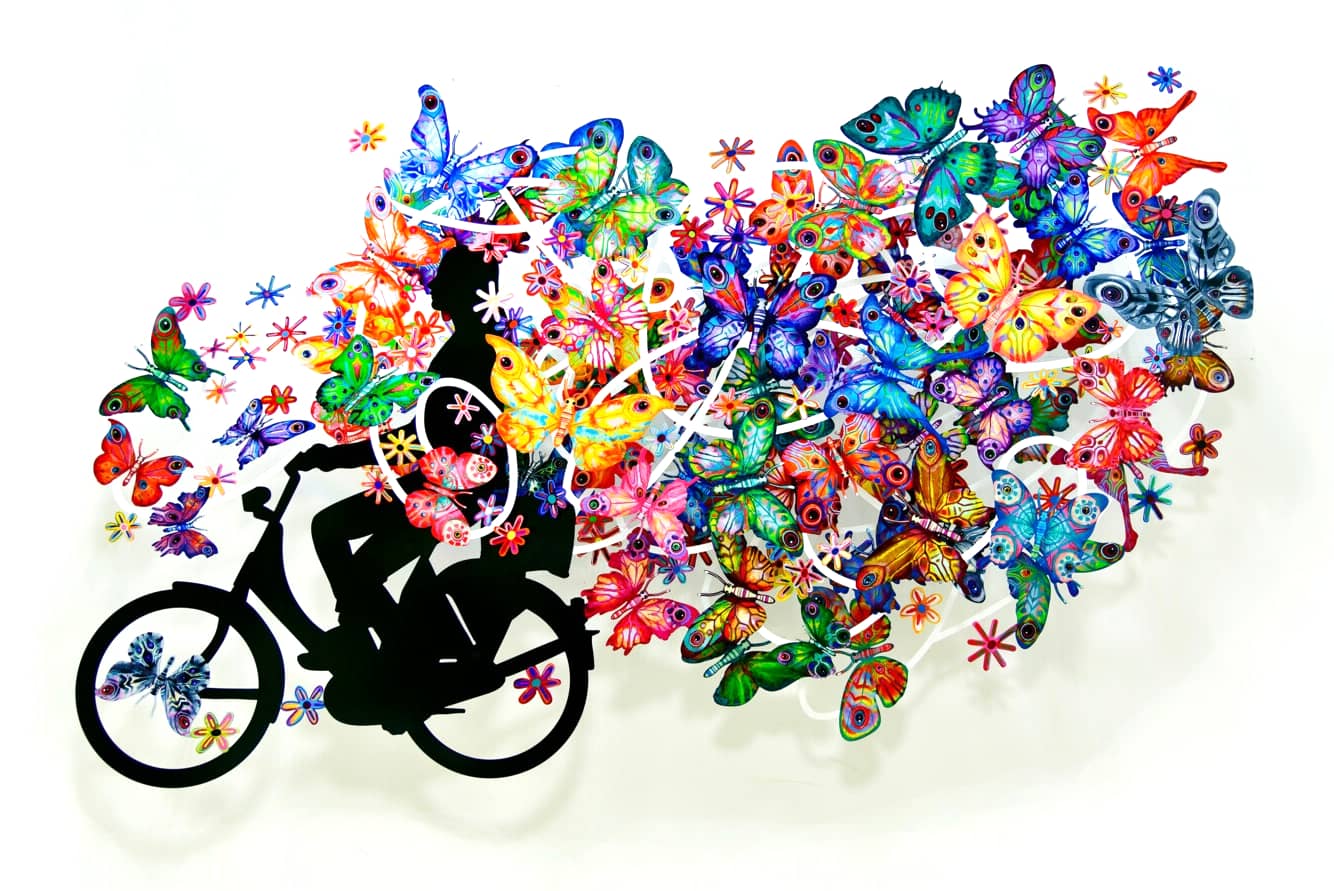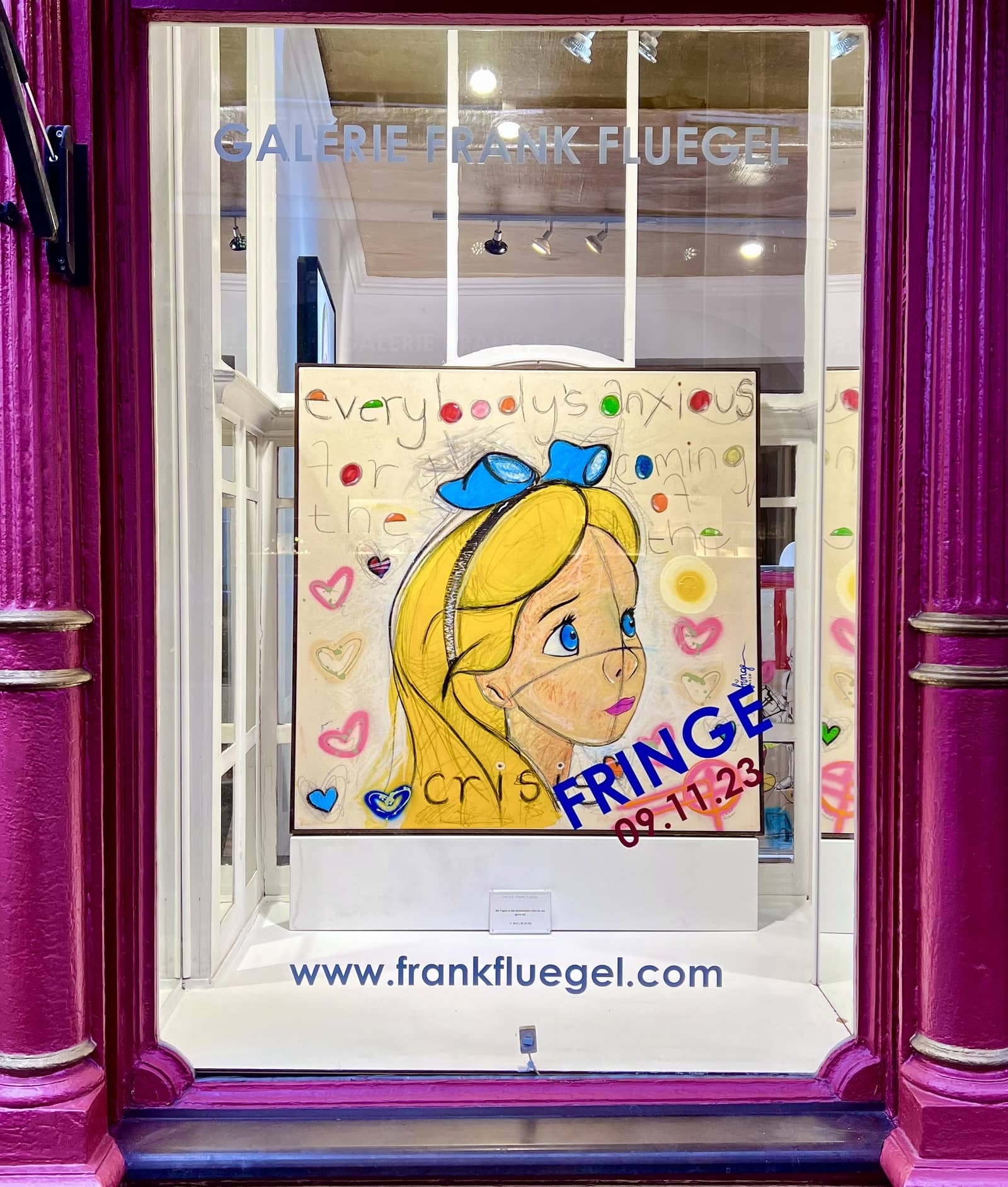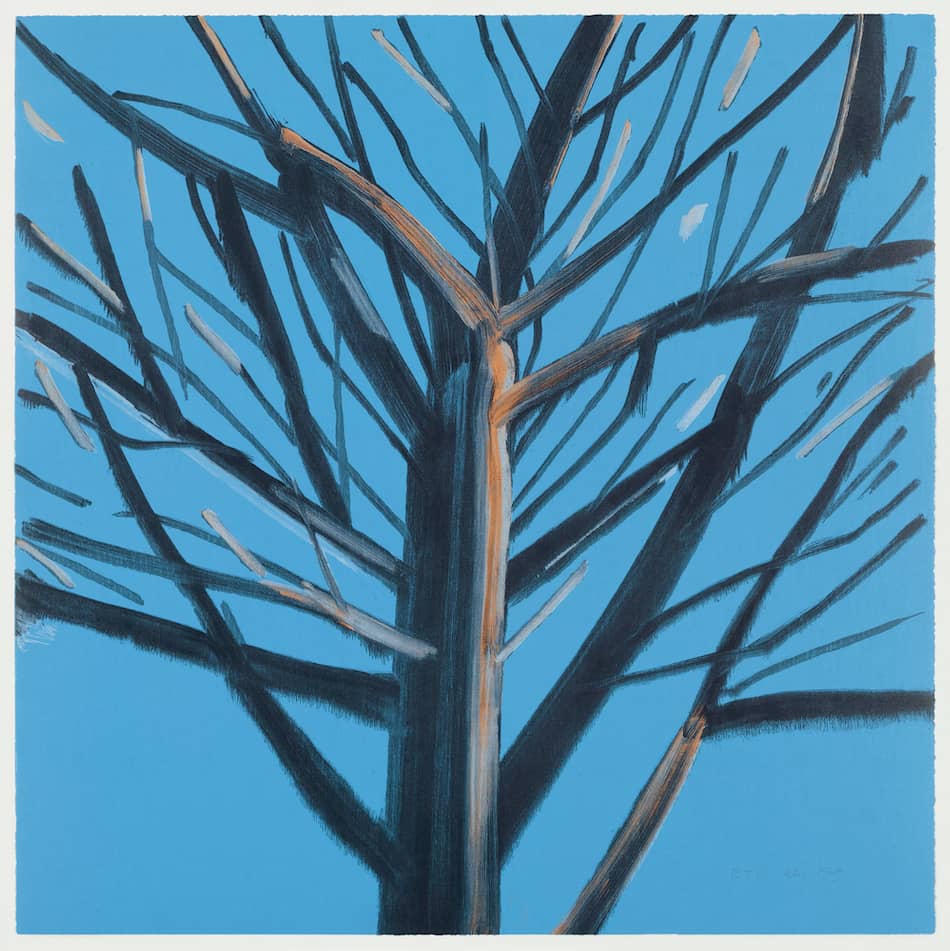
Alex Katz Tree 8 / Woodcut / signed, numbered / edition 60
| Year: | 2022 |
| Format: | 100,96 x 100,96 cm / 39.4 x 39.4 inch |
| Material: | Fine Art Paper |
| Method: | Woodcut. |
| Edition: | 60 |
| Other: | handsigned, numbered |
Alex Katz – Tree 8.

| Year: | 2022 |
| Format: | 100,96 x 100,96 cm / 39.4 x 39.4 inch |
| Material: | Fine Art Paper |
| Method: | Woodcut. |
| Edition: | 60 |
| Other: | handsigned, numbered |
Tree 8 - 알렉스카츠
Tree 8 is a woodcut by Alex Katz. In 2020 in Rome, in the church of Sant’Andrea de Scaphis, there was an Alex Katz exhibition called “Trees”. Throughout the exhibition there were trees against a blue sky, without foliage. These are winter paintings. The church is a new exhibition space of the New York gallery owner Gavin Brown. Some of the motifs have now been selected as templates for a graphic edition, including Tree 8.
Walking through the alleys of Trastevere, a tree suddenly appears inside a church. A tree trunk, its gray branches silhouetted against a blue, almost lacquered sky, catches the eye of the passerby inside the nave of the deconsecrated church of Sant’Andrea de Schapis.
This is the subject of the painting Blue Tree by Alex Katz, an oil on linen from 2020, of which two other versions – Tree 8 and Tree 9 – can be seen on the side walls of the small church.
The exhibition dedicated to him at Sant’Andrea de Schapis adds another piece to the poetics and painterly practice of Alex Katz, who was born in Brooklyn (New York) in 1927 and has been a painter since the 1950s. A figurative painter and a pioneer of artistic trends and movements, Katz has always explored landscape, from the collages he created in the late 1950s to the very large paintings of the 1980s and 1990s.
But are we really dealing with a genre painting? According to Margaret Graham in “Alex Katz in Detail,” the artist is able to walk the fine line between genres, both iconographically and technically, to portray an atmosphere. By cutting the scene off at the ends, he highlights the “face” of the tree itself, making it the central protagonist. In a transition from the macro to the micro, the details that Katz tracks down and invites us to observe through his choice of compositional editing become emblematic of “the search for the soul in this material world,” as Jan Verwoert says. The branches themselves, the empty spaces between each branch, exhort us to a slow, attentive and punctual observation, which contrasts with the rush with which one usually looks at images, without paying attention to details, preferring a more general, synthetic and sometimes superficial view.
The search for the essence of things proceeds through this meditative and reflective process of observation.
The hallucination of the tree is favored and reinforced by the “sacred” and evocative context of the church itself. Tree 8 seems to transform into an altarpiece, reminiscent of the iconography of the Christ Vine or the Tree of Life, but also of the process of abstraction and attainment of essence that Mondrian accomplished in his Apple Tree series.
In Alex Katz’s work, however, the tree is transposed into an indefinite time to reflect on the present, the here and now. Through a cold and impersonal painting that reproduces an immediate vision of a moment, the plant becomes an icon, but an icon of itself: all feelings are broken. The painting, reminiscent of the New York winters experienced by the artist, reflects the concept of permanence and eternity and becomes a mirror for the viewer. When the individual, the passerby or the citizen leaves, the tree remains behind, only in the form of a silhouette.
“There is nothing more extraordinary than when you really look at things. When you look not at what you think they are or what they mean, but just at what they seem to be. I don’t think I see things all the time, or I see things only in flashes and moments. Confrontation happens, and you start to look closely and try to see something. It’s best to get everything else out of the way.” Alex Katz
Alex Katz / Pioneer of Pop Art
Alex Katz is especially famous for his figurative paintings: The son of Russian Jewish immigrants, he was born in New York in 1927. As a pioneer of Pop Art, he always concentrated on the essentials and early on, he dealt with simplified forms and contrasting color compositions. His art is diverse, but always has beauty as its central theme. The artist can now look back on more than 200 solo shows and around 500 group exhibitions, he won many prices. His diverse works are part of over 100 collections worldwide. Alex Katz lives and works today in New York and Maine. In October 2022, the major Alex Katz retrospective “Gathering” will take place at the Guggenheim Museum in New York. In the meantime, Alex Katz’s paintings continue to achieve record prices beyond the million mark at auctions.
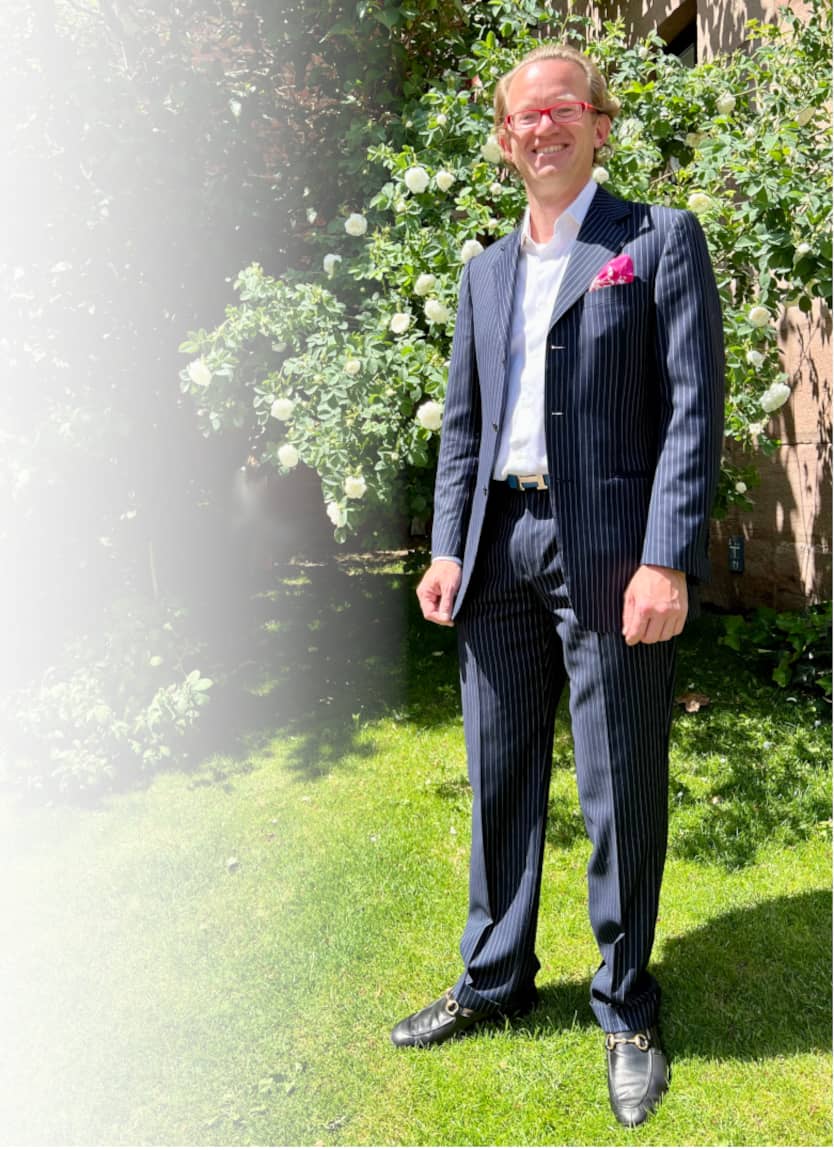


Year: 2022
Format: 100,96 x 100,96 cm / 39.4 x 39.4 inch
Material:Fine Art Paper
Method:Woodcut.
Edition:60
Other:handsigned, numbered


